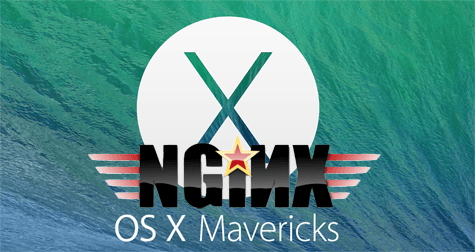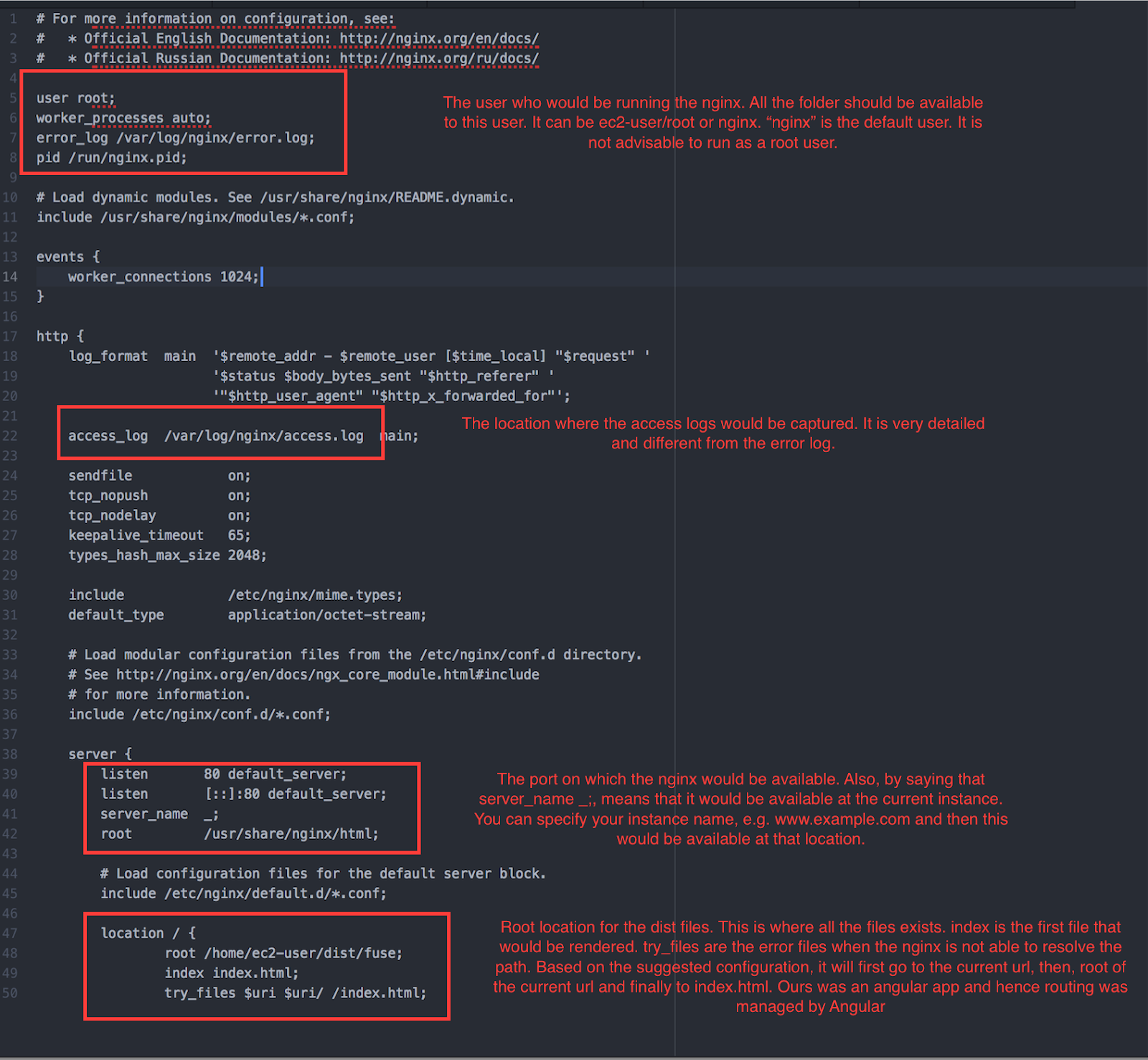Estimated reading time: 4 minutes

Read-only Mercurial repositories: code: site: Trac source browser. Pre-Built Packages. Download the PCRE library. The PCRE library distribution (version 4.4 — 8.41) needs to be downloaded from the PCRE site and extracted. The rest is done by nginx’s./configure and make. NGINX Sprint is a free virtual event designed to be concise and modular so you can tune in to portions of the event or the entirety as it suits your schedule! WATCH ON DEMAND. WATCH ON DEMAND. You want to do good. NGINX is here to help. Access Free Resources for Websites Impacted by COVID-19. Nginx for Mac, free and safe download. Nginx latest version: A Stable, Free And Open-Source HTTP Server. Nginx is an HTTP, reverse proxy, mail proxy,. (might take a while) Successfully stopped nginx` (label: homebrew.mxcl.nginx)` Successfully started nginx` (label: homebrew.mxcl.nginx)` – krisIV Dec 25 '18 at 11:32 1 @krisIV and why do you think this command not working then? Everything is fine.
Docker Desktop for Mac provides several networking features to make iteasier to use.
Features

VPN Passthrough
Docker Desktop for Mac’s networking can work when attached to a VPN. To do this,Docker Desktop for Mac intercepts traffic from the containers and injects it intoMac as if it originated from the Docker application.
Port Mapping
When you run a container with the -p argument, for example:
Docker Desktop for Mac makes whatever is running on port 80 in the container (inthis case, nginx) available on port 80 of localhost. In this example, thehost and container ports are the same. What if you need to specify a differenthost port? If, for example, you already have something running on port 80 ofyour host machine, you can connect the container to a different port:
Now, connections to localhost:8000 are sent to port 80 in the container. Thesyntax for -p is HOST_PORT:CLIENT_PORT.
HTTP/HTTPS Proxy Support
See Proxies.
Known limitations, use cases, and workarounds
Following is a summary of current limitations on the Docker Desktop for Macnetworking stack, along with some ideas for workarounds.
There is no docker0 bridge on macOS
Install Nginx On Mac Os
Because of the way networking is implemented in Docker Desktop for Mac, you cannot see adocker0 interface on the host. This interface is actually within the virtualmachine.
I cannot ping my containers
Docker Desktop for Mac can’t route traffic to containers.

Per-container IP addressing is not possible
The docker (Linux) bridge network is not reachable from the macOS host.
Use cases and workarounds
There are two scenarios that the above limitations affect:
I want to connect from a container to a service on the host
The host has a changing IP address (or none if you have no network access). We recommend that you connect to the special DNS namehost.docker.internal which resolves to the internal IP address used by thehost. This is for development purpose and will not work in a production environment outside of Docker Desktop for Mac.
You can also reach the gateway using gateway.docker.internal.
If you have installed Python on your machine, use the following instructions as an example to connect from a container to a service on the host:
Run the following command to start a simple HTTP server on port 8000.
python -m http.server 8000If you have installed Python 2.x, run
python -m SimpleHTTPServer 8000.Now, run a container, install
curl, and try to connect to the host using the following commands:
I want to connect to a container from the Mac
Port forwarding works for localhost; --publish, -p, or -P all work.Ports exposed from Linux are forwarded to the host.
Nginx Install For Mac
Our current recommendation is to publish a port, or to connect from anothercontainer. This is what you need to do even on Linux if the container is on anoverlay network, not a bridge network, as these are not routed.
The command to run the nginx webserver shown in Getting Startedis an example of this.

To clarify the syntax, the following two commands both expose port 80 on thecontainer to port 8000 on the host:
To expose all ports, use the -P flag. For example, the following commandstarts a container (in detached mode) and the -P exposes all ports on thecontainer to random ports on the host.
See the run command for more details onpublish options used with docker run.
